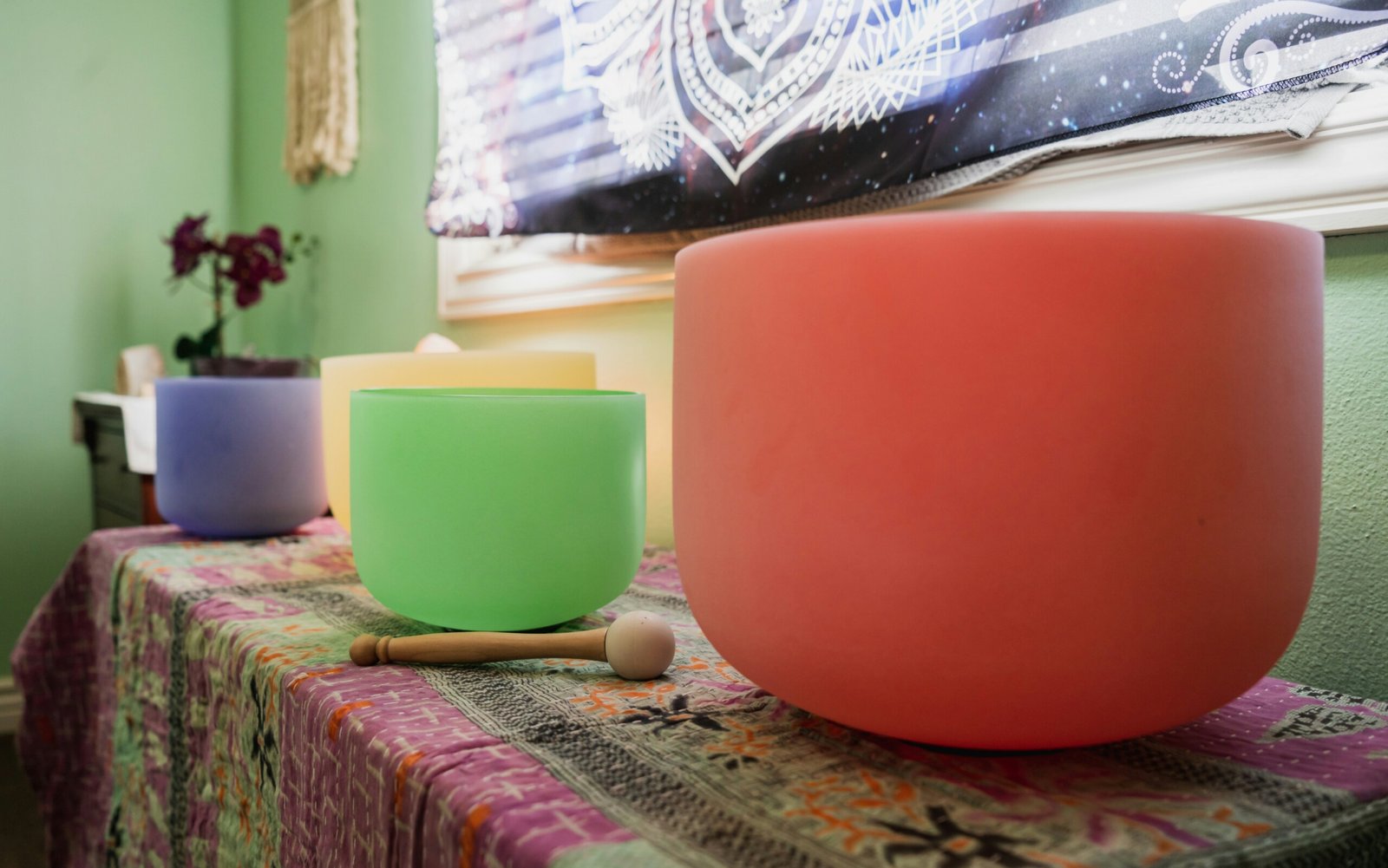this is the front nest of the goat
If you disable legacy mode and then save a page, all containers on that page will be saved as flex mode. If you later decide to turn the global legacy support back on then you will have to re-edit those pages if you want legacy mode.If you disable legacy mode and then save a page, all containers on that page will be saved as flex mode. If you later decide to turn the global legacy support back on then you will have to re-edit those pages if you want legacy mode. If you disable legacy mode and then save a page, all containers on that page will be saved as flex mode. If you later decide to turn the global legacy support back on then you will have to re-edit those pages if you want legacy mode.

Inside the script tag at the end of the body tag
Inside the script tag at the end of the body tag, JavaScript code is embedded. This code uses query selectors to retrieve elements from the page and implements scroll interaction effects using variables and event listeners. When a scroll event occurs, the display effects of the header and image are changed by calculating the scroll distance. By setting clip-path and transform scale, the dynamic changes in the shape of the header and the size of the image are achieved. As a result, when users scroll the page, animation effects are triggered, adding dynamism to the page. In conclusion, this code showcases a simple static webpage design. By combining HTML, CSS, and JavaScript, it achieves the layout of page elements and scroll interaction effects. From the overall structure of the page to specific style settings and animation implementation, each part is carefully designed to provide users with a pleasant browsing experience. The page appears clean and visually appealing, and the addition of dynamic effects enhances its vitality and attractiveness, capturing users’ attention and conveying the intended message of the designer.
This piece of code is a simple static webpage design that showcases
If you disable legacy mode and then save a page, all containers on that page will be saved as flex mode. If you later decide to turn the global legacy support back on then you will have to re-edit those pages if you want legacy mode.If you disable legacy mode and then save a page, all containers on that page will be saved as flex mode. If you later decide to turn the global legacy support back on then you will have to re-edit those pages if you want legacy mode. If you disable legacy mode and then save a page, all containers on that page will be saved as flex mode. If you later decide to turn the global legacy support back on then you will have to re-edit those pages if you want legacy mode.



